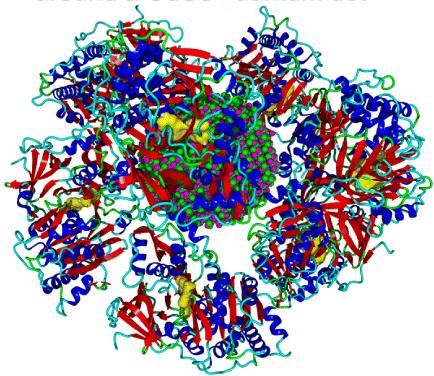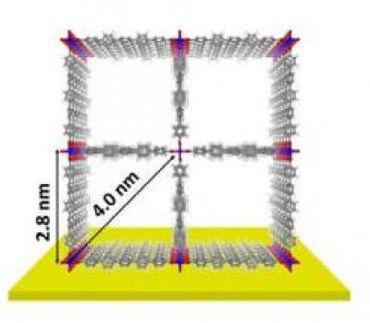Shining a light on quantum dots measurement

This is the protein corona of firefly luciferase around a CdSe quantum dot.
Shikha Nangia and Arindam Chakraborty
Original publication
"Optical Signature of Formation of Protein Corona in the Firefly Luciferase-CdSe Quantum Dot Complex."; Journal of Chemical Theory and Computation.
Most read news
Original publication
"Optical Signature of Formation of Protein Corona in the Firefly Luciferase-CdSe Quantum Dot Complex."; Journal of Chemical Theory and Computation.
Topics
Organizations
Other news from the department science

Get the chemical industry in your inbox
From now on, don't miss a thing: Our newsletter for the chemical industry, analytics, lab technology and process engineering brings you up to date every Tuesday and Thursday. The latest industry news, product highlights and innovations - compact and easy to understand in your inbox. Researched by us so you don't have to.


























































